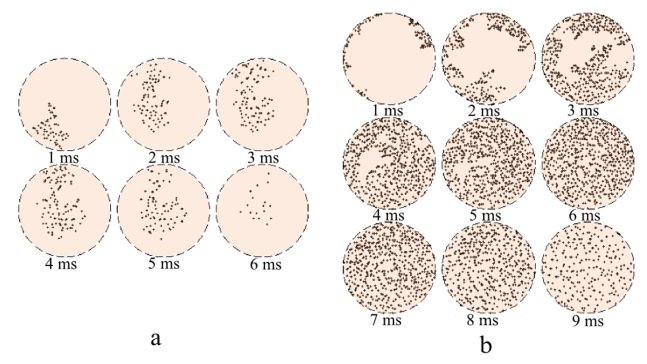SiC transistors can achieve blocking voltages of 10kV and more. This makes them especially attractive for energy transmission and distribution. Although SiC devices can in theory operate at high temperature (more than 200°C), the on-state resistance of SiC MOSFETs exhibits a strong dependency on the junction temperature. As a consequence, it is shown that these transistors must actually operate at a relatively low junction temperature (less than 100°C) to increase conversion efficiency and prevent thermal runaway.
This requirement for high-performance cooling systems has consequences on the packaging technology: the corresponding power modules must both offer a high voltage insulation and a low thermal resistance. In particular, there is a trade-off in the thickness of the ceramic substrate located between the SiC devices and the cooling system. We propose a new substrate structure, with raised features, which improves the voltage strength of a substrate without increasing its thickness. This structure is demonstrated experimentally.





